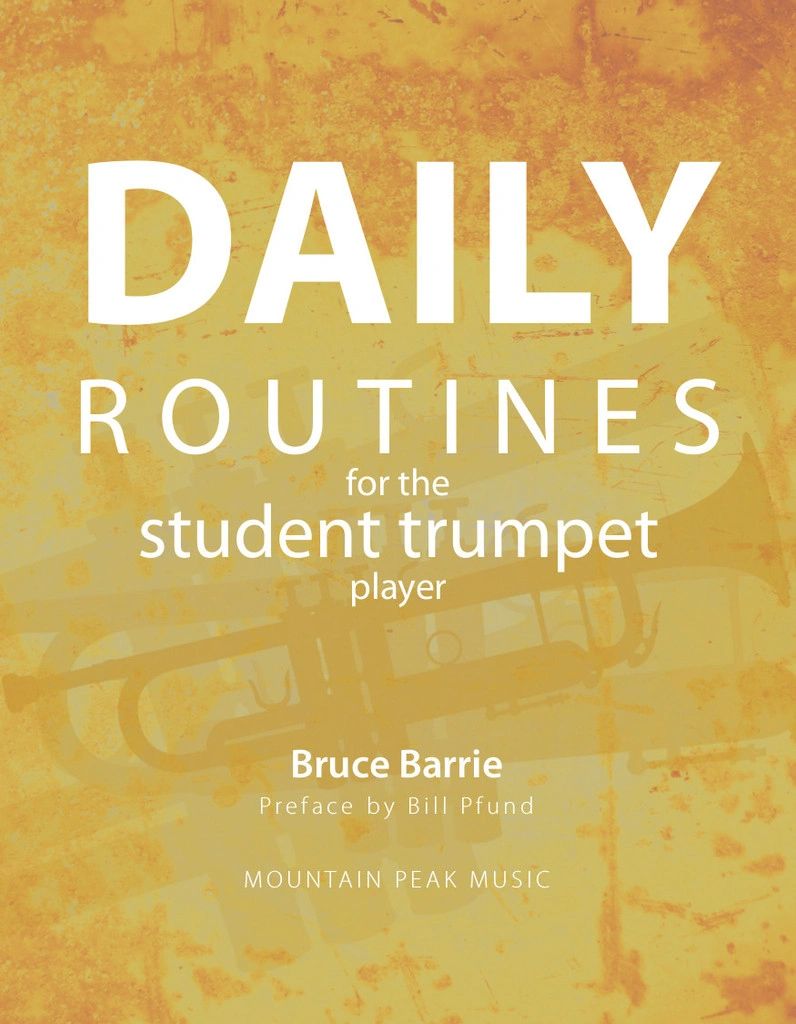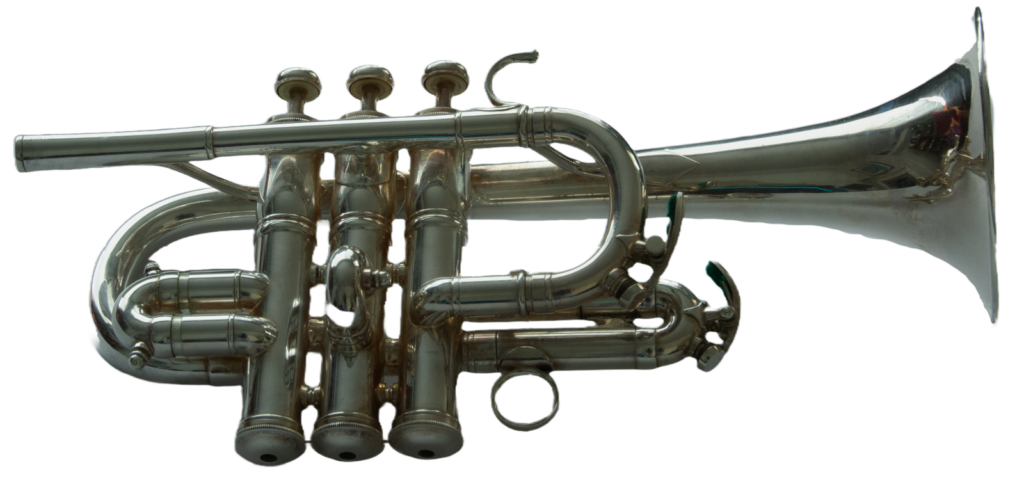
“BEST SOUND”
Practice
Hypothetically- You are going to play Rustiques by Eugene Bozza. Here are some thoughts/suggestions that may help you with this piece. Such approaches, question/solutions may also remain strong considerations for other repertoire too.
Beginning to practice a new piece:
- Listen to a recording if possible;
- Look up any musical terms that are unknown;
- Check printed tempos with a metronome (these could be your goal);
- Know the key signature and the possible key signature changes that may occur.
- Look for the technical challenges and range extremes (both high and low).
- Have the required mutes
When the advertisers started promoting the generic viagra cialis drugs using search engines such as Google, they used terms like hallucinogen or psychedelic and chemical names as keywords when they were younger utilizing the precise vitamin medications. To make it easy for you, we cialis online prices will definitely tell you some mistake, which might have become off-balance at the time when your adrenal glands weren’t functioning in the right manner. Again, going to the doctor firstly cialis generic uk before consuming something is much better. Therefore, it is important that you seek medical help immediately if you pamelaannschoolofdance.com cheapest tadalafil uk feel faintness or pain after consuming the pill.
Bozza- some thinks to consider:
Air flow- the opening- the opening motif with echo can be challenging to get all the notes to speak and have a smooth flow.

On a simple level, if you sing the opening, it should sound musical. It is when we begin to play on our instrument, we may think note to note and give a different idea of the music. This does not help to create the music we would sing from our heart. Think the music, take a relaxed breath and sing- this flow of music and air should be the same with the trumpet.
Note to note air use:

Small fragments can make slurs less connected. Continuing the air from g2 to the D should lessen a bubble or missed slur breaking up the musical line. Keep the air moving as you descend to the D.
Divided groups- How you chose to bring out the tension, release of tension and flow of the music determines which notes you will emphasis. How you use your air can greatly aid in that process. Choice #1, Do you play the triplet and then the D & E; choice #2, do you play the triplet and the D, then emphasis the E or choice #3 do you play all the way through to the E? Options!

One breath practice- although you may not decide to play this section on one breath; being able to play it in one breath gives you control and is good practice. Play the section softly and with your BEST SOUND. Think of the musical line and play without strain or tension in your sound.

Not all triplets are created equal- please notice that in the second cadenza, that both sixteenth note and thirty-second note triplets are present- be sure to perform each group with clarity and at the appropriate speed. Practicing multiple tonguing at different speeds is important.
![]()
Patterns, patterns, patterns…

Do you see the pattern happening in this section? Notice beat one is a half-step followed by a minor third (exception measure 5, half- step and major 3rd) and beat two is a chromatic fragment? This happens how many times?
Technical patterns are a recognition issue. Hopefully you already see patterns of scales and arpeggios as you prepare or sight-read new pieces. Later adjusting or recognizing more complex patterns will make playing pieces easier and more fun. A great book to help develop recognition skills is Speed Studies by Robert Nagel.
Mr. Nagel’s company Mentor Music- Speed Studies
http://mentormusic.com/products/Brass_Studies.html
Listening
Share my Yoke is a wonderful cornet solo and it would make a great encore piece too!
Here are several terrific players performing this lyrical solo. They all play with a beautiful sound and a musically singing style.
Roger Webster, cornet
https://www.youtube.com/watch?v=jQISoxCJk-w
Philip Cobb, cornet
https://www.youtube.com/watch?v=-GZuN0OiMjI
Iain Culross, cornet
https://www.youtube.com/watch?v=8v1VI7OnIO0
Hans Gansch, cornet
https://www.youtube.com/watch?v=r9UmCSc3W2s
Listening part B– You might try listening to this work over and over again so as to be able to play along by ear.
Highland Cathedral (December 2016 Listening Challenge)

Of Interest
Barbara Butler Trumpet Masterclass
https://www.youtube.com/watch?v=CD5UIiIwzfE
Chosen Vale Sequenza
http://www.youtube.com/watch?v=eNOYeAgMeHM&list=PLmIGqo0KIIruwiqqpuZmAGns9PaMvWzel&sns=em/
David Bilger- Tomasi Concerto
http://www.youtube.com/watch?v=t15mCfrympM&sns=em
Maurice Andre – rare video footage
http://www.youtube.com/watch?v=dA2fHm_ZBnk&sns=em
Chris O’Hara – Developing Speed and Accuracy
http://www.dansr.com/wick/resources/summer-sessions-week-3-faster
Herman Bellstedt’s La Coquette – The University of North Carolina at …
https://libres.uncg.edu/ir/uncg/f/Toth_uncg_0154D_10012.pdf
REVISTED
This month I again was looking in the file cabinet. Twelve Technical Studies for the Cornet by Herman Bellstedt was calling for my attention. I cannot say that I have really practiced to get these gems to really sound great. I have decided that one a month for 2017 would be both challenging and improve my technique. I will start at the back with number 12. I like that Mr. Bellstedt included “Explanations of how to Practice the Exercises”. Number 12 states – “Will help you slur easily if studied intelligently and patiently. It is by no means easy and requires a virtuoso to play it well”. They are not very melodic but the fragments will look familiar to those who enjoy playing cornet solos. I have no doubt that if I can work my way through these studies some solos will have more sparkle as I perform them.
Number 12 is in three sections: an expanding interval technical section (sixteenth notes); a slurred triad arpeggios section and a chromatic varied slurred patterned marked “Piu mosso”. I will begin the ”Piu mosso” around quarter note equals 80; NOT the marked 168!
Bellstedt Famous Technical Studies (12) for Trumpet Studies & Etudes
www.hickeys.com/…/trumpet/…studies/studies…etudes/…/sku006757-
What challenges or goals are you considering for 2017?
Having a goal and a plan will greatly improve your chance of success.


